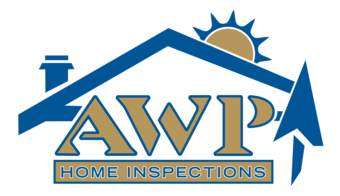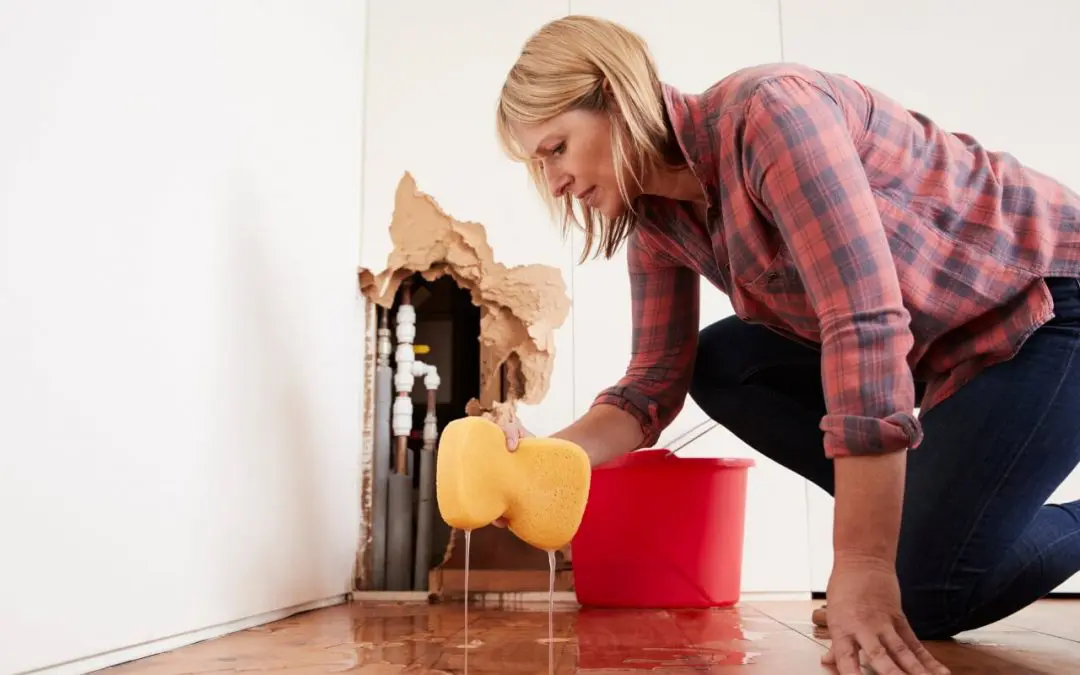As a homeowner, one of the most upsetting things you can experience is flooding or water damage in your house. Residential water damage is usually caused by plumbing problems, flooding, or sewer backups and can cause major health and safety issues. It may also require extensive cleanup and repairs.
No matter what the cause, immediate action is essential to protect your home from issues like mildew or mold growth and structural damage. Here are some ways you can begin to restore your home after experiencing water damage.
Shut Off the Water
When you realize a pipe has broken, immediately shut off the water at the main water line. If you cannot identify the cause of the flooding, contact a professional promptly.
Turn Off Power from the Breaker Box
Turn off the power to the area of the home that has water damage. If the flooding is extensive, turn off electricity to the entire home. For safety reasons, make sure you are well protected when dealing with electrical devices. Don’t operate any electrical appliance that has been submerged or exposed to water.
Wear Protective Clothing When Dealing with Residential Water Damage
Before re-entering your flooded home, wear protective gear, such as gloves and rubber boots to protect yourself from injuries and bacteria in the water.
Salvaging Your Belongings
If residential water damage occurs in your kitchen or pantry, throw away any food not stored in airtight containers. For unopened canned food, remove the labels and wash the cans thoroughly if they were exposed to black or gray water.
Mattresses exposed to gray or black water should be thrown away and replaced. You can clean furniture made of plastic, wood, or metal, but this depends on how long it has been in the water.
Carpets, rugs, and rug pads may be able to be cleaned and sanitized professionally, depending on the type of water they were in contact with. However, if they have been contaminated by black water, discard them.
Toss out wooden and plastic utensils (cutting boards, cups, pacifiers, baby bottles) that have been exposed to the floodwater. Thoroughly wash ceramic and metal pieces – like plates and pans – and sanitize them with boiling water or chlorine bleach.
Dealing with Mold and Mildew
Dry the water-damaged areas as quickly as possible. Open doors and windows, turn on fans, and remove all belongings to help dry the space faster. Mold can begin to grow in as few as 24 hours. Clean and sanitize items and surfaces. Use eye protection gear, gloves, and a mask when cleaning mildew and mold.
Filing an Insurance Claim After Residential Water Damage
If you have an insurance policy, contact your agent as soon as possible to process your claim. Many policies cover flood and water damage, but you’ll need to confirm if yours does. Make a list of all your damaged belongings and take videos and photos to document the evidence before starting your cleanup process.
Following these tips will help you restore your home to its initial condition. If the damage is extensive, get professional assistance to save you the time and stress of dealing with residential water damage.
AWP Home Inspections offers inspection services to customers in West Central and Central Indiana. Contact us to request an appointment.

